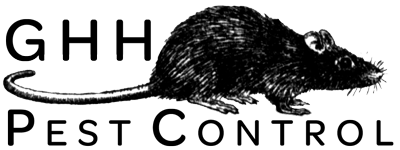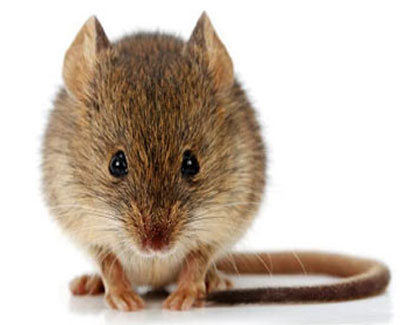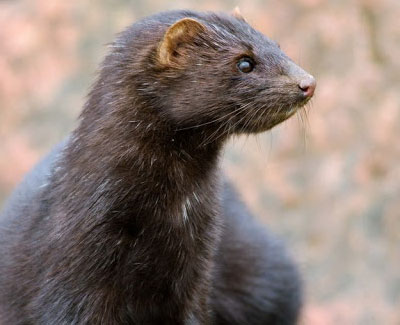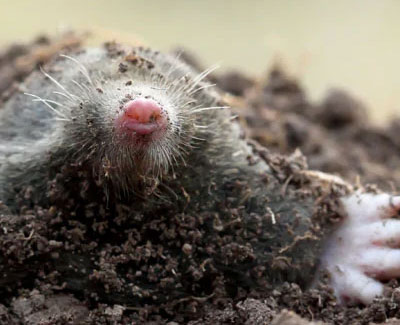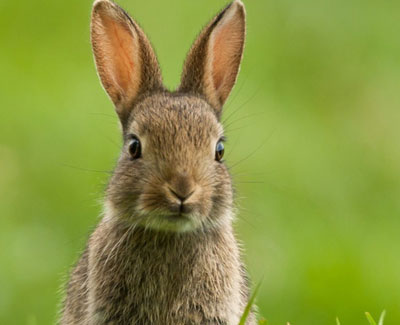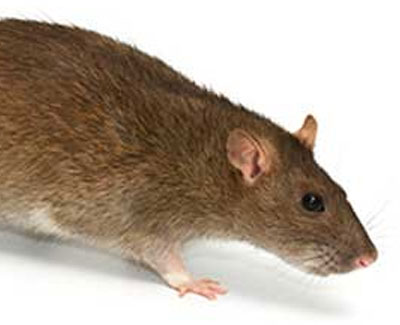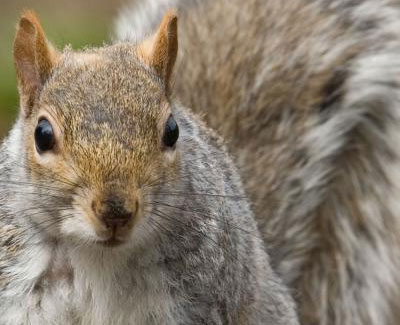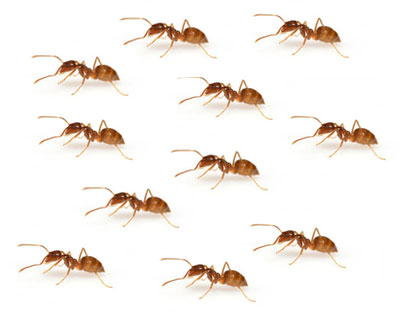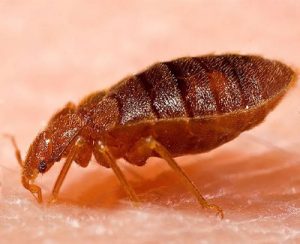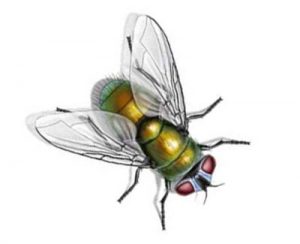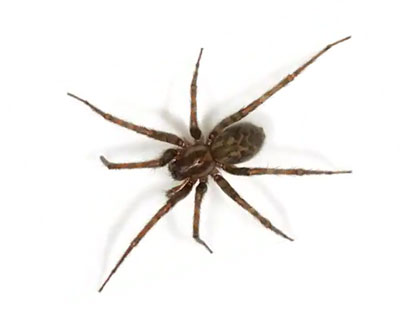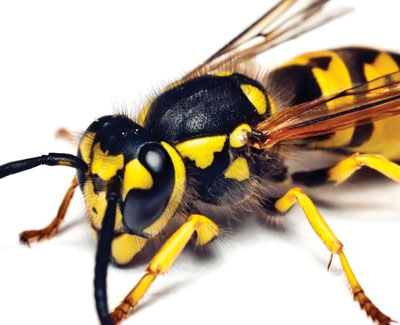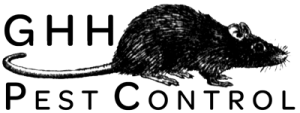Flies
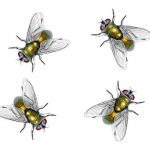
Flies
Flies can transmit a wide range of diseases including Salmonella, Dysentery, Tuberculosis, Cholera and Parasitic Worms due to them eating decaying matter (rotting food and excrement) and transferring this to food sources we consume.
Whilst there are thousands of species of flies the most common problems arise from the Common House Fly, Blow Flies, Cluster Flies and Mosquitoes.
The warning signs for Fly infestations include clusters of insects (live or dead), spottings and droppings on pipes and light fittings and the appearance of Maggots (flies in their larval stage).
Infestations of flies are usually treated with fly killer machines, insecticidal sprays and/or smoke generators. Fly-proofing can also be carried out by using screens to block windows and doors. When treating fly infestations, we endeavor to use the most environmentally friendly products.
Flies - Types and Further Information...
Left unchecked, flies will spread disease, cause bites and contaminate food. There are many types of flies and identifying the correct type is vital to delivering the correct pest control treatment:
House-Flies – spread disease and leave dirt spots around the home.
Cluster-Flies – are usually found in the Autumn when they often hibernate in human dwellings.
Fruit-Flies – are drawn to rotting foods and are a particular hazard when found in food serving premises.
Stable-Flies – are most commonly found, as would be expected from their name, around horses in stables and farms where they are known to bite humans and animals for their blood.
Sewage & Phorid-Flies – are attracted to drains, sewage and damp organic waste. Several varieties of fly including Blowflies, Bluebottles, Greenbottles and Flesh-Flies contaminate foodstuffs including meat and lay their eggs which hatch into maggots.
Further Information – In areas of stagnant water, it is common to find Mosquitoes, Gnats and Midges, all of which bite humans and animals.
In homes and businesses, it is not uncommon to find large infestations of both the cluster and attic fly which choose to hibernate indoors until Spring. They are often found around windows and in roofs and come in five different types which vary in size. If disturbed they are clumsy because of their hibernation and so tend to sit on ceilings, land on surfaces or fly around light fittings. There can be around 100 individuals in a swarm.
Sometimes, a fly infestation can point to another pest problem. Bluebottles are attracted to dead rodents or birds in buildings and animal waste draws houseflies. If a premise suffers from blocked drains sewage-flies may appear.
Food premises especially must be vigilant for any sign of fly problems in order to comply with food hygiene regulations. Numerous methods of eradication including the use of electric fly killers, fly traps, screens and curtains are effective together with fumigation and insecticides which are useful in some cases. Having a fly infestation can be unhygienic at home and detrimental to your business, contact us to rest assured that we will have your property taken care of discreetly and professionally
GHH PEST CONTROL
We're here to help and offer advice and estimates ...
Call Us Now On 07983 791689 for Expert Pest Control Advice
- AVAILABLE 7 DAYS A WEEK
- OVER 30 YEARS EXPERIENCE
- PROFESSIONAL & SPECIALIST QUALIFICATIONS
- RSPH 2 UK, ND Game and wildlife management UK
- Certificate in urban pest management NZ
- DOMESTIC, COMMERCIAL & AGRICULTURAL
- TREATMENT OF ALL TYPES OF PESTS
- FULLY INSURED
- Forestry Commission firearms use and Marksmanship UK
